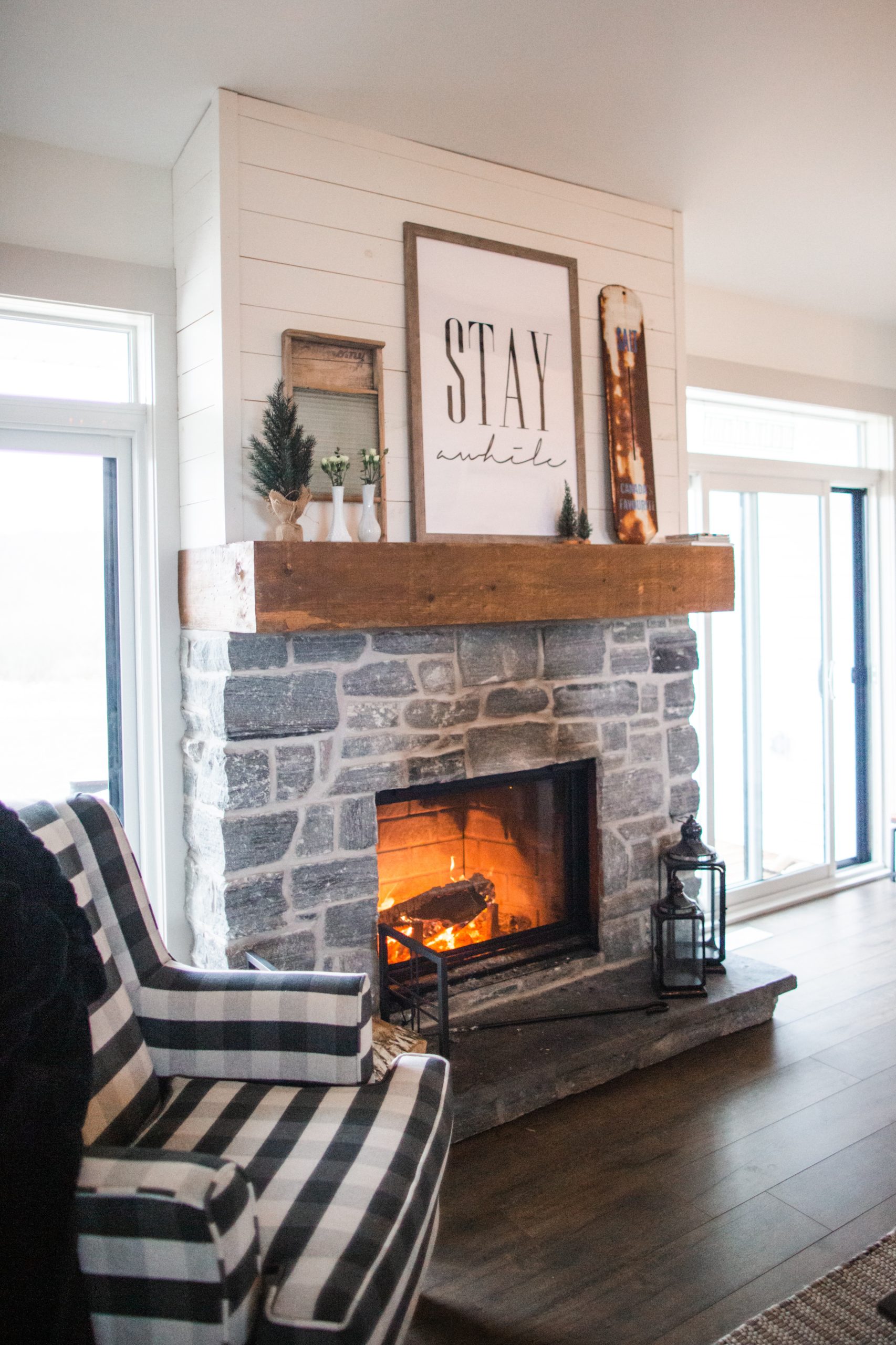When the weather turns chilly, sometimes your main heat source doesn’t heat quickly or completely, or it’s expensive to run, and you may turn to supplemental heaters for a quick way to warm up. Supplemental heating sources like radiators, space heaters, and fireplaces are alternative options to simply turning up the heat in your home or installing a new, main heating system. However, they have limitations and safety considerations you should note!
Portable space heaters
Type | Pros | Cons |
Ceramic | Heats whole space, not limited to line-of-sight Lightweight Because it’s convection heat, it usually requires a fan to direct the heat
| |
Infrared/ Quartz | Great for small, open spaces Cost depends on which power source it uses: electric or gas (natural or propane). Quickly heats due to direct transfer of radiant heat More efficient than ceramic heaters (over 90% efficiency)
| |
Oil-filled Radiator (electric) | Quiet! Fans are not necessary in these models. Modern versions have features like programmable timers and adjustable thermostats. Radiant heat is very comfortable and continues even after the heater is turned off.
| Surfaces become hot and may endanger children and pets. These type of heaters may take longer to heat up a room initially. They are heavy but most are equipped with casters for portability.
|
Kerosene | Kerosene stores well for long periods so it can be a good emergency heater for power outages. Inexpensive Quiet because no fans are needed Can heat larger spaces like garages
| Because it burns fuel liquid inside your home, you must take abundant safety precautions around flammable furnishings, children and pets. Combustion byproducts mean that carbon monoxide monitors must ALWAYS be used, and room should be ventilated adequately (possibly losing heat). They’re illegal to use indoors in MA and possibly other states They produce water vapor, which can cause excess humidity Kerosene can emit significant particulate pollutants, especially if burners/wicks are not kept clean
|
Sometimes the permanent heating system in your home is undersized and it can’t heat the whole home adequately. In other cases, if you have a gas furnace, propane or natural gas can become relatively expensive! In these cases, permanent supplemental heating (the installation of a heater in one part of the home) can help.
Permanent Supplemental Heating
Type | Pros | Cons |
Electric Radiators or wall-mounted heaters | | |
Electric Heat Pump Mini-Split | Heat pumps are more efficient for larger spaces than portable electric heaters Heater can be sized to the space very easily Air handler portion is mounted on a wall, out of the way Can be regulated with a programmable thermostat Units typically heat and cool, making them very versatile Long life May also include an electric coil for emergency backup heating
| |
Wood heating systems | Wood burning fireplaces are attractive Very economical if you have the ability to cut and haul wood Fireplaces do not require power Wood pellet stoves produce very little ash, burn cleanly and easy to operate Long-lasting Sealed fireplace inserts increase heat efficiency while decreasing emissions
| Professional installation is recommended Wood pellet stoves require electricity to operate the fan and feeder motor Flues must be cleaned at least annually to prevent fire risk Carbon monoxide monitors must ALWAYS be used and it’s a good idea to monitor for CO2 and NOx Unsealed fireplaces always have risks of dangerous smoke and embers coming out of the firebox into your living space
|
Vented Gas Fireplace or heater | | Professional installation is recommended for any permanent combustion heater Requires a nearby gas line Carbon monoxide monitors must ALWAYS be used and it’s a good idea to monitor for CO2 and NOx
|
Unvented Propane or Natural Gas Heater | Very efficient and inexpensive Available with safety features such as oxygen depletion sensor (ODS) that immediately shuts down the blue flame heater if carbon monoxide or lack of oxygen is detected Can work when power is off but are more efficient when using the fan to disperse heat Broad choice of unvented models; however read the precautions below
| Professional installation is recommended for any permanent combustion heater Requires a nearby gas line Lack of venting required does not mean lack of air pollution. NO2 and CO2 levels can become relatively high if ventilation is not used. Combustion byproducts mean that carbon monoxide monitors must ALWAYS be used, and room should be ventilated adequately (possibly losing heat) Should not be left burning when the room is unattended
|
We want you to be knowledgeable about and avoid air quality poisons that are created just by heating your home with a combustion unit! According to a Japanese study of propane, kerosene and electric space heaters used in a non-ventilated, 215 ft2 room:
concentrations of NO2 and CO2 from all the heaters except the electric heater exceeded the 1-hr Environmental Quality Standards (NO2: 0.04-0.06 ppm) and the Building Sanitation Management Standards (BSMS, CO2: 1,000 ppm).
The CO concentration emitted from reflection kerosene and natural gas heaters slightly exceeded the BSMS (10 ppm).
The concentrations of suspended particulate matter and polynuclear aromatic hydrocarbons showed an increasing tendency during the use of kerosene-fueled heaters.
In a study of kerosene heaters, NOx, CO2 and CO are the main gaseous pollutants emitted by kerosene space heaters. In addition, carbonyl compounds (formaldehyde, acetaldehyde, acetone) were identified, as well as ∼50 other VOCs, six of which presenting a risk for human health (1,3-butadiene, benzene, ethylene, propene, isobutene and acetylene). There is an accumulation of soot on wick heaters after a few hours of operation, which causes incomplete combustion that increases CO emissions, (CO poisonings are frequent with kerosene heater use). Therefore, the recommendation with any combustion gas heater is to ventilate profusely, or go with a vented heater model. This article on BuildingGreen.com concurs that we should avoid unvented gas heaters.

